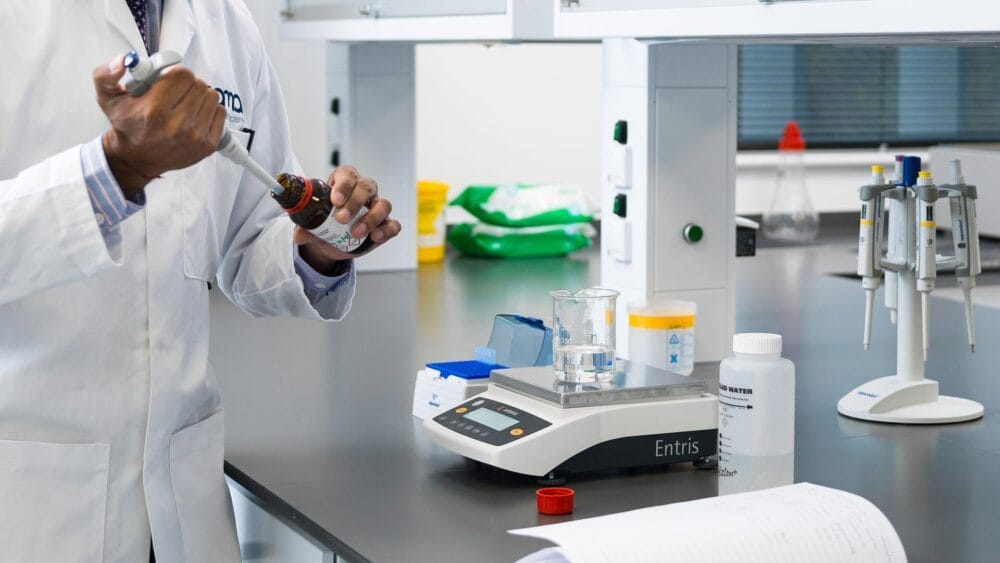Posted
25th October 2019
Research
You’d expect a powerful oxidising disinfectant like chlorine to be effective against Candida auris. However, a recent US study finds that the efficacy of chlorine against C. auris is very much concentration dependent. Chlorine concentrations of 4,000 ppm or higher (we use 5,200 ppm in our Clinell Clorox wipes) were able to achieve a >3-log reduction on C. auris within a minute, whereas lower concentrations required longer contact times that will not realistically be achieved in practice. These findings suggest that lower concentration chlorine-containing disinfectants may not be the best option for tackling C. auris.
Two different methods were used to evaluate the efficacy of the chlorine-containing disinfectants against C. auris: a quantitative suspension test, and a surface inoculation test. In the quantitative suspension test, a known quantity of C. auris was exposed to various concentrations of chlorine containing disinfectants for defined contact times. Two different chlorine-containing disinfectants were tested: sodium hypochlorite and NaDCC. With a 1 minute contact time, only chlorine concentrations of 4,000 ppm were able to achieve a >3-log reduction on C. auris (see the Figure, below). Longer contact times (of 2 to 4 minutes) meant that lower concentrations were able to achieve higher log reductions, for example, 500 ppm of sodium hypochlorite and NaDCC achieved a 3-4 log reduction on C. auris with a 4 minute contact time, but <1-log reduction with a 2 minute or 1 minute contact time.

Figure: Log reductions for various concentrations of chlorine-containing disinfectants and contact times against C. auris.
In the surface inoculation test, a known concentration of C. auris was dried onto various surfaces in a simulated patient room, wiped with a cloth impregnated with ~4,000 ppm chlorine, and them swabbed to detect viable C. auris. No viable C. auris was detected from the treated surfaces.
The findings from the quantitative suspension testing are limited by the fact that C. auris is known to form dry surface biofilm in clinical settings, and C. auris in dry surface biofilms is considerably less susceptible to disinfectants that planktonic C. auris. This study suggests that a either a higher concentration of chlorine-containing disinfectants than is sometimes used in healthcare settings or an alternative disinfectant (such as peracetic acid) may be necessary to tackle C. auris.
SHARE THIS ARTICLE
Tags
Latest News
Introducing HEXI HUB: A seamless transition in our product line
We’re pleased to announce an update to our product offering…
Innovative solutions for tackling Carbapenemase-producing Enterobacteriaceae (CPE) at King’s College Hospitals
King’s College Hospital NHS Foundation Trust, one of London’s largest…
Gloves Off: reducing unnecessary plastic waste during environmental cleaning and disinfection
In this blog, Dr Phil Norville discusses the momentum-gaining ‘Gloves…
Gloves Off: Navigating SDS sheets and skin safety claims in environmental decontamination products
In this blog, James Clarke (Head of R&D, Science &…




